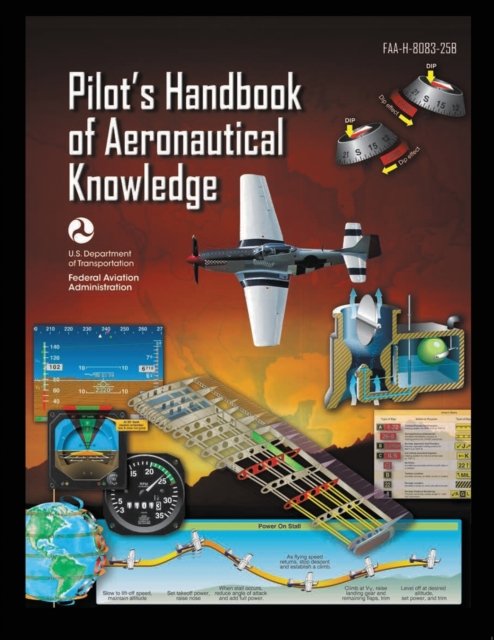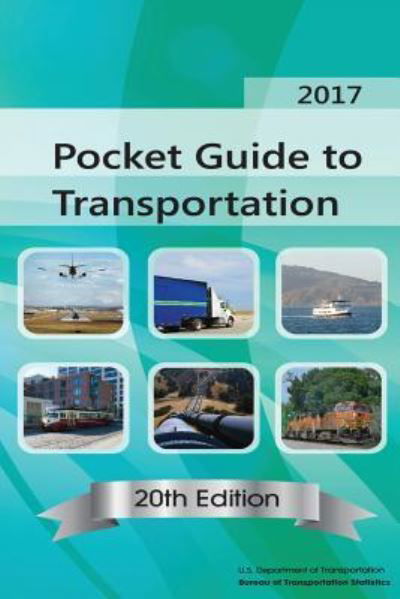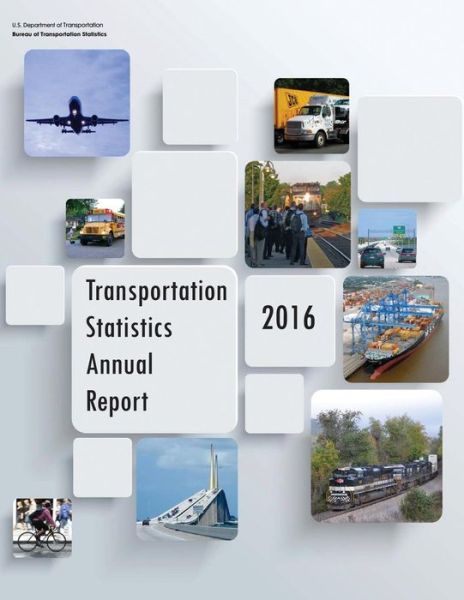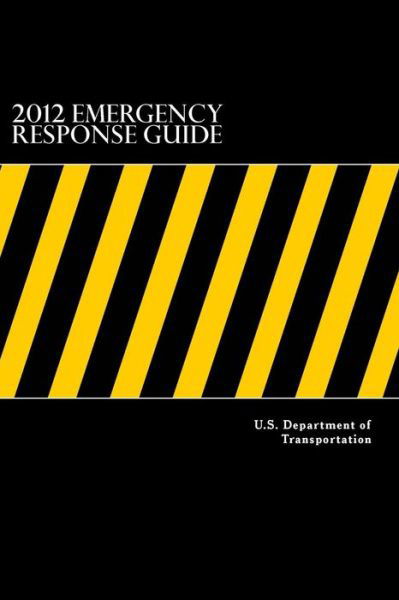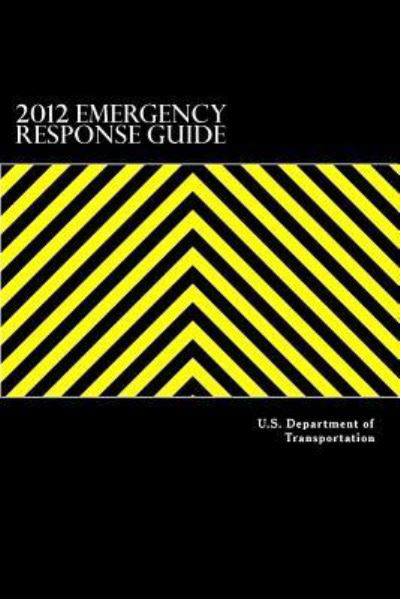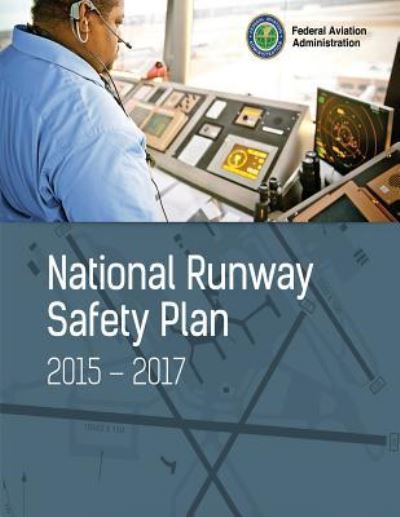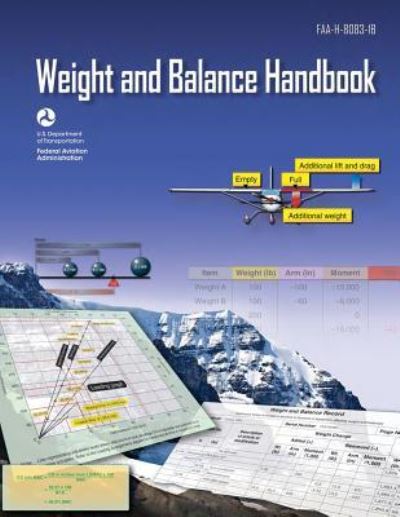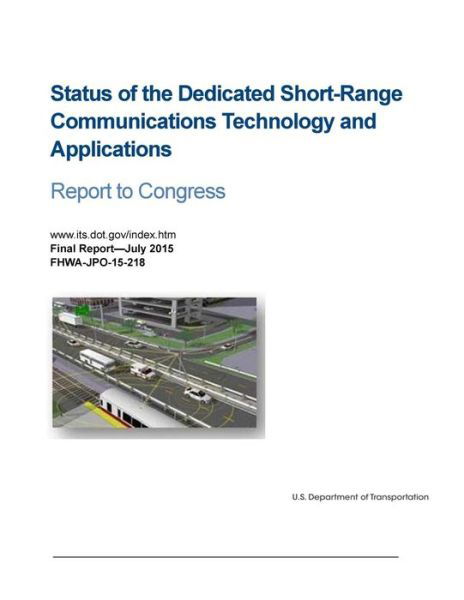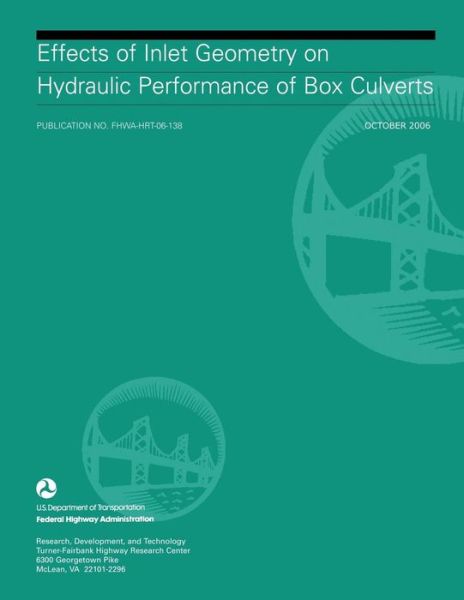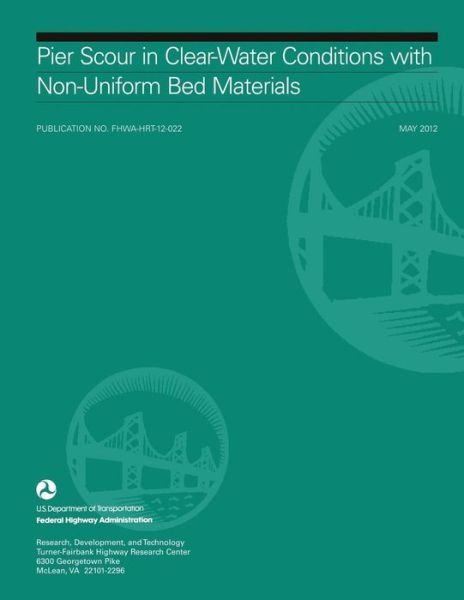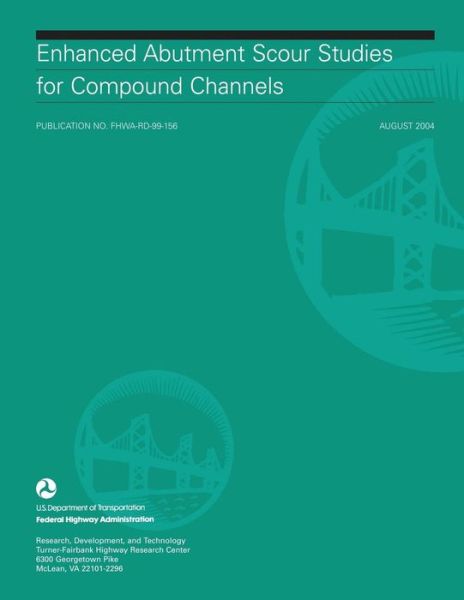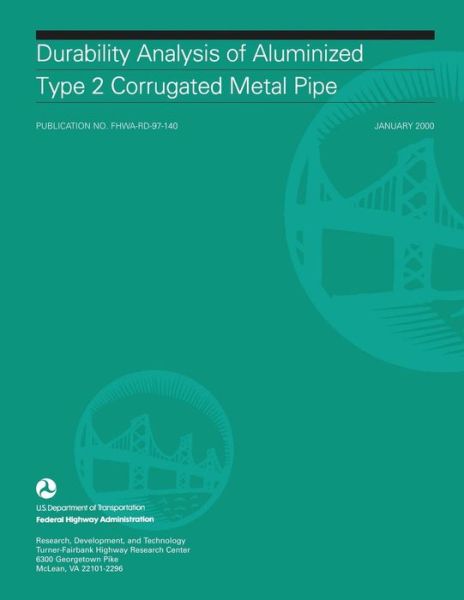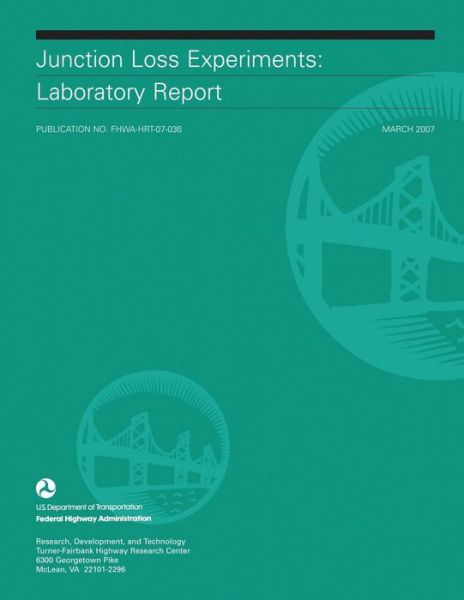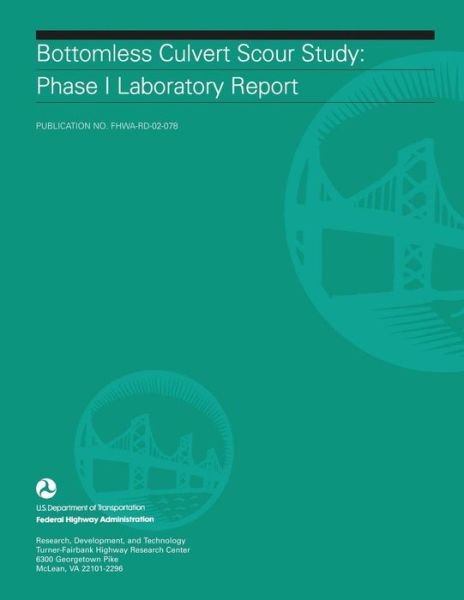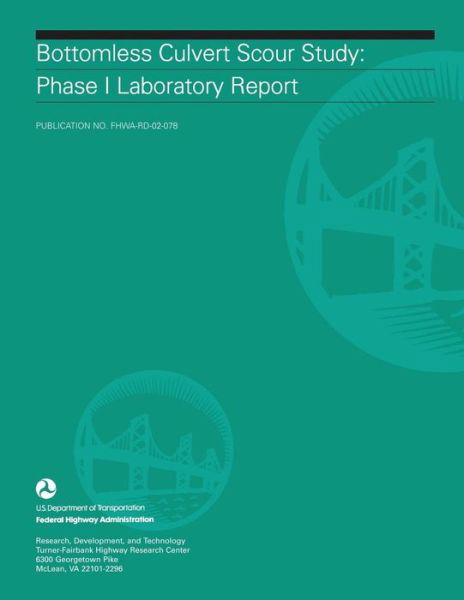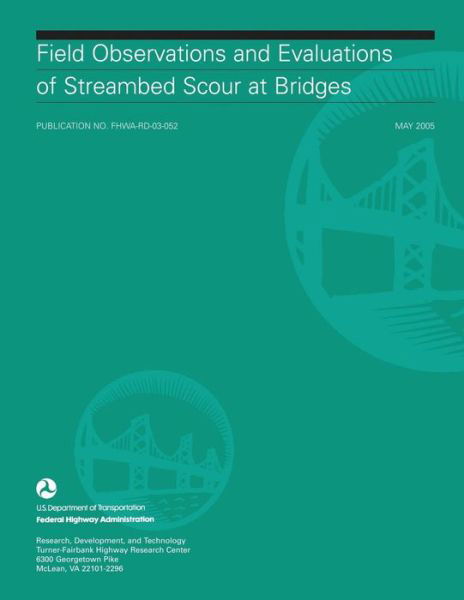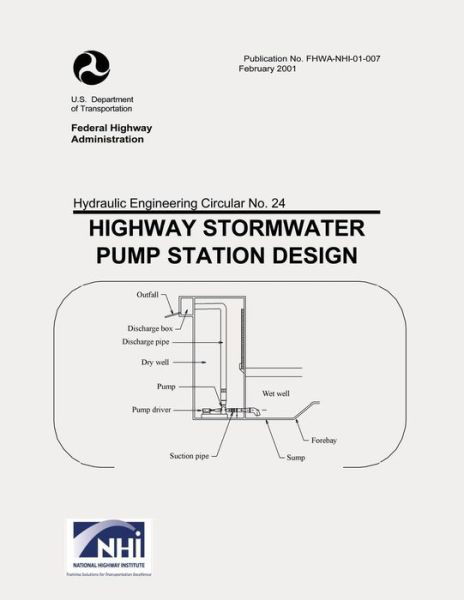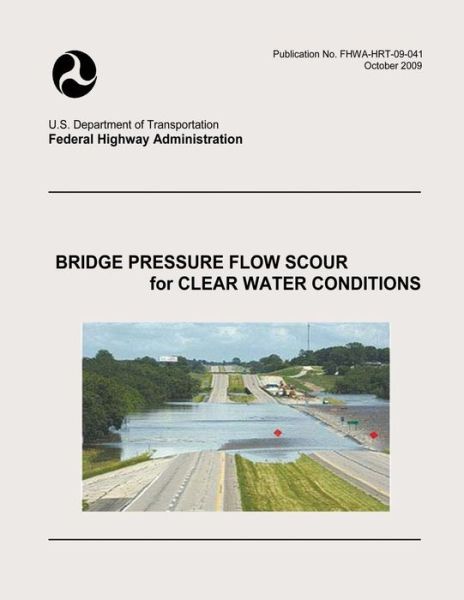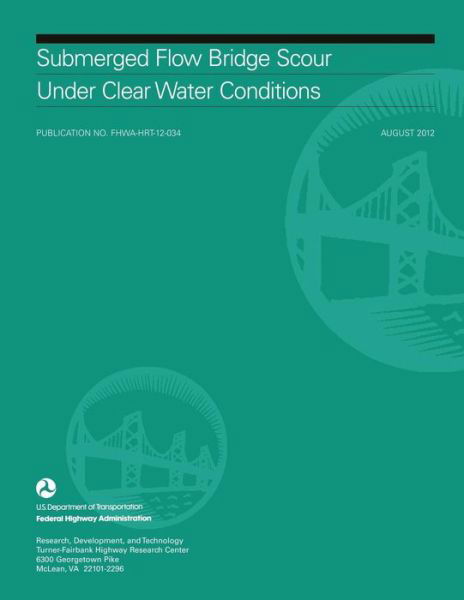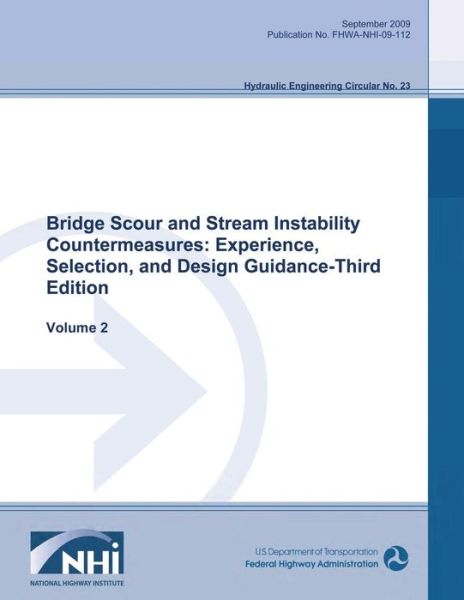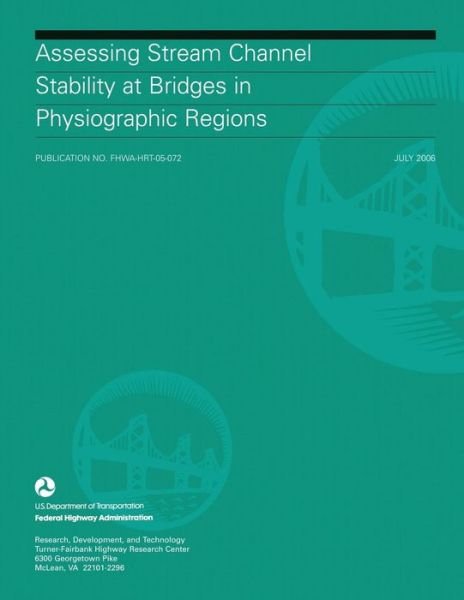
Tell your friends about this item:
Assessing Stream Channel Stability at Bridges in Physiographic Regions
U S Department of Transportation
Assessing Stream Channel Stability at Bridges in Physiographic Regions
U S Department of Transportation
Publisher Marketing: The goal of bridge inspections is to assess the safety of bridges on a regular basis so that any deficiencies will be identified and corrected. Given the large number of bridges over water in any State, bridge inspectors must inspect the superstructure, substructure, and waterway of each bridge in a short amount of time. A typical range of time for bridge inspections is 15 minutes to 2 hours, depending on the complexity and condition of the bridge. A more detailed inspection might ensue if a deficiency is detected. In the case of waterways and erosion, a hydraulic engineer might visit the bridge to assess the situation in greater detail. For either of these levels of inspection, and given the very limited right-of-way at most bridges, the inspector or engineer typically will not walk more than a few hundred feet upstream or downstream. Most inspectors do not leave the bridge right-of-way. Thus, a method is needed for systematically assessing the stability of the stream channel with respect to the bridge. The ability to assess channel stability in the vicinity of bridges also is needed for designing road crossings, and for mitigating and predicting erosion at those structures. Bridge failures due to geomorphic or regional instability have been experienced in many locations in the United States and elsewhere. Federal Highway Administration (FHWA) guidelines for stream stability and erosion at bridges describe examples of problems at bridges caused by regional channel degradation and lateral bank changes. These guidelines require that engineers assess channel instability in their bridge assessments. However, for most bridges, only a preliminary assessment can be conducted due to time and money constraints. The objective of this study was to expand and improve previous rapid stability assessment methods to include additional factors, such as major physiographic units across the United States, range of bank materials and complexities, critical bank heights, stream type and processes, sand bed streams, and in-channel bars or lack of bars.
| Media | Books Paperback Book (Book with soft cover and glued back) |
| Released | March 14, 2015 |
| ISBN13 | 9781508858379 |
| Publishers | Createspace |
| Pages | 162 |
| Dimensions | 216 × 279 × 9 mm · 390 g |
More by U S Department of Transportation
See all of U S Department of Transportation ( e.g. Paperback Book , Book and Hardcover Book )




